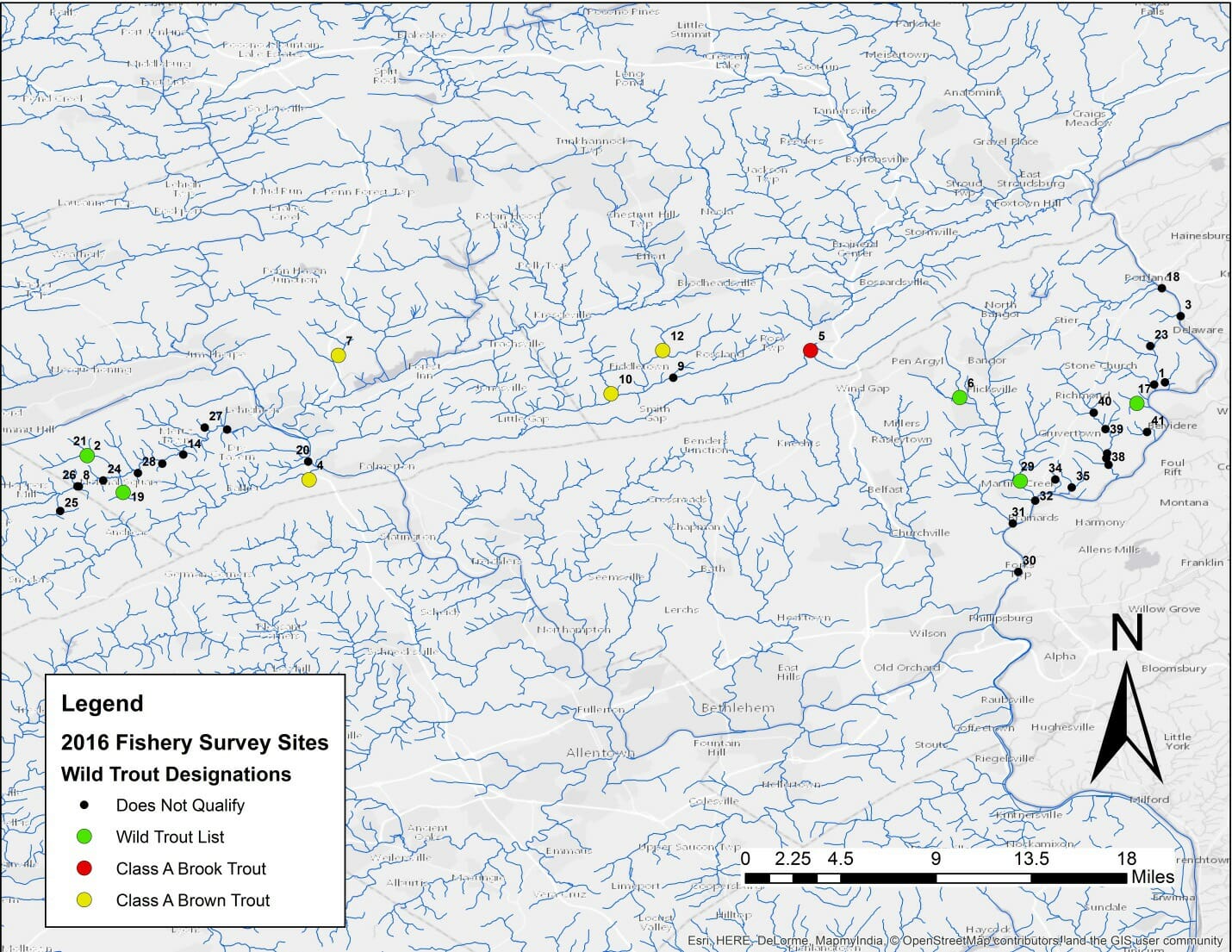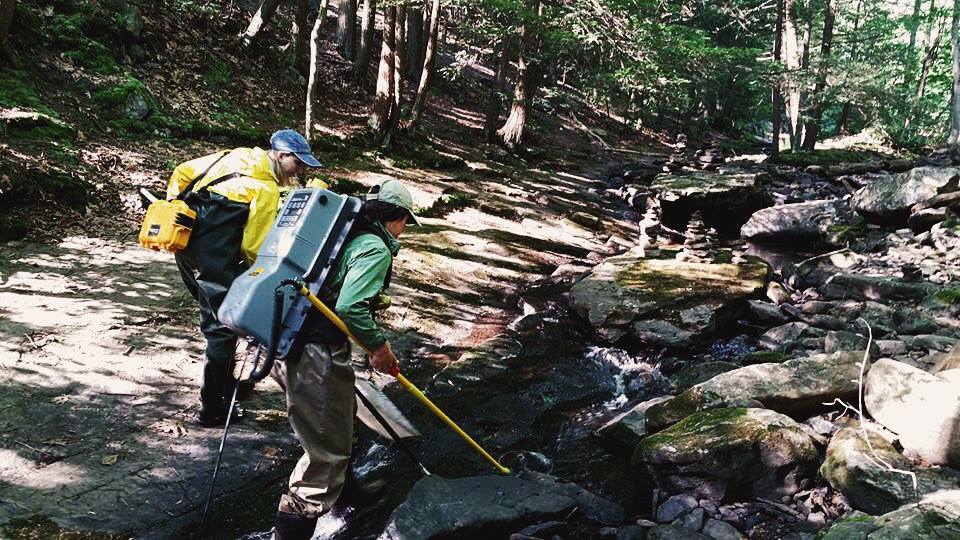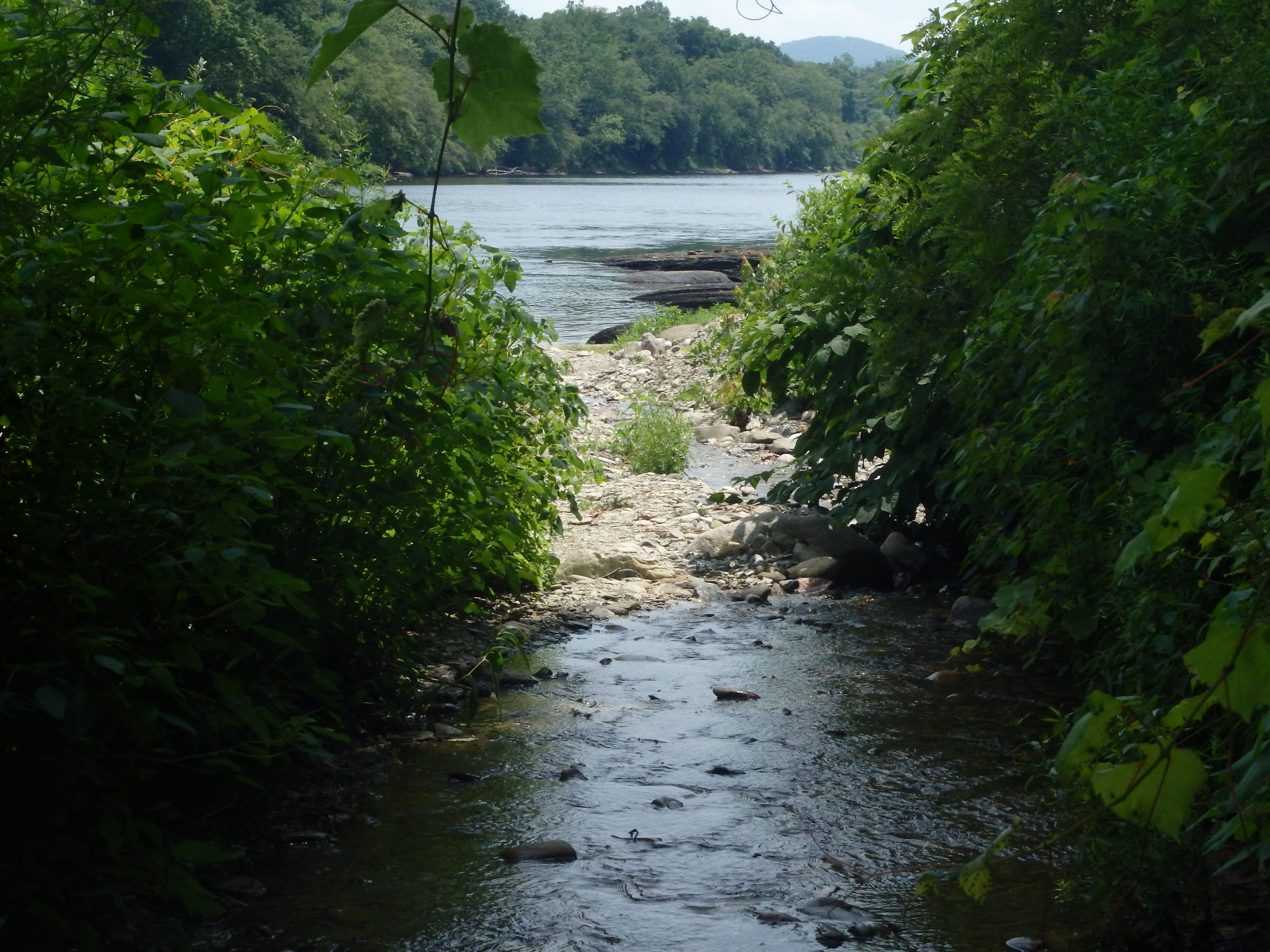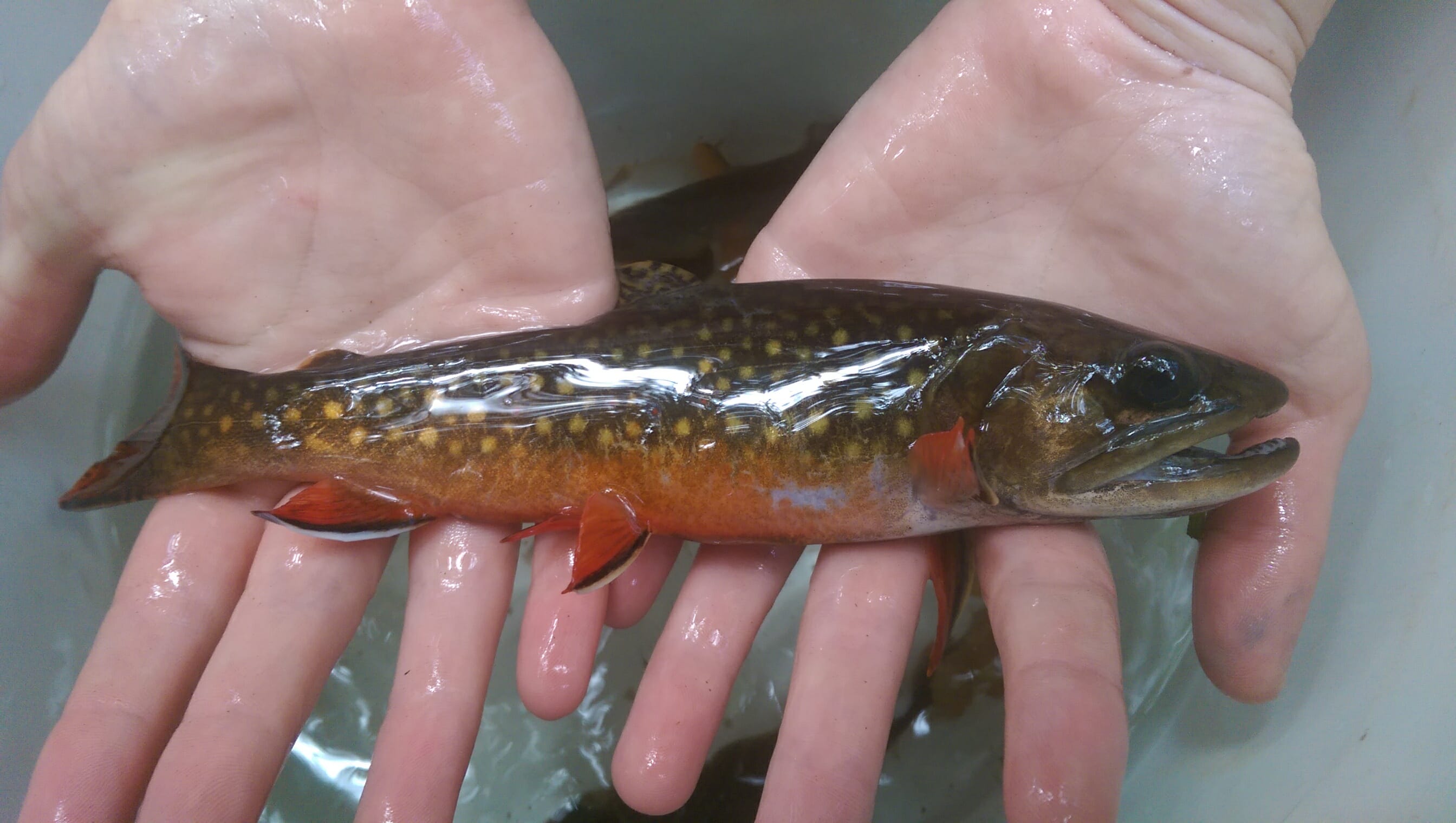By Dave Kinney
In the summer of 2016, Trout Unlimited, in partnership with Audubon Pennsylvania and the Kittattiny Ridge Coalition, electroshocked 41 streams in Northampton, Carbon, Monroe, and Schuylkill counties. Survey teams led by TU scientists were hiking into small, forgotten waters searching for unknown populations of wild trout—and in one out of every three surveys, they found them.
Ten of the waters are now candidates for Pennsylvania’s large and growing list of official Wild Trout Streams, and five of these 10—including unnamed tributaries to the Lehigh River, Buckwha Creek, and Lizard Creek in Monroe and Carbon counties—harbor enough naturally reproducing brookies and browns that they may be listed as new Class A streams. These waters represent Pennsylvania’s most significant wild trout populations.
 alt=”” title=”” />
alt=”” title=”” />
These were the most recent of nearly 600 stream surveys TU’s Pennsylvania Coldwater Habitat Restoration Program has conducted during a five-year partnership with the Pennsylvania Fish & Boat Commission, with support from the National Fish & Wildlife Foundation, the William Penn Foundation, and Audubon Pennsylvania. The PFBC launched an Unassessed Waters Initiative in 2011 to identify wild trout streams among the Commonwealth’s 83,000 miles of flowing water, much of which has not been surveyed. The idea was to ensure that these waters were properly designated so that they could be protected in the face of threats from development, including shale gas drilling and pipeline infrastructure.
As of this year, nearly 40 percent of Pennsylvania’s stream miles have been surveyed, and more than 14,000 miles are now officially designated wild trout waters. Of that total,more than 2,000 miles are Class A.
The work done by the PFBC, TU, and our partners increases our knowledge about wild trout populations.
Wild trout are a marker species. They require clean water to thrive. So their presence in these streams indicates that these are waters of exceptional quality. Of course, clean streams are not just recreational resources for sportsmen and economic boons to local small businesses. These pristine stretches, most of which are headwaters, also supply drinking water for millions of people, provide clean water for business and industry, help to filter pollution at the source so it doesn’t have to be treated downstream, and provide flood protections to local communities.
 alt=”” title=”” />
alt=”” title=”” />
Placing these waters on the Wild Trout Stream lists ensures that they are protected with a Cold Water Fishes designation under Pennsylvania’s anti-degradation regulations, and also provides contiguous wetlands with Exceptional Value protections. This ensures that water quality will be taken into account when DEP considers permits for work that affects the streams.
In addition, the Department of Environmental Protection gives most Class A streams a High Quality existing use designation, and works to upgrade its regulations to confer a High Quality designated use on these streams as well. Pennsylvania’s Environmental Quality Board is now considering a package of 207 miles of Class A streams for this upgrade, and the DEP plans to propose another 171.5 miles of Class A water to the EQB for upgrade this month, during which the public will have a 45-day window to comment.
 alt=”” title=”” />
alt=”” title=”” />
Meanwhile, the Kittatinny Ridge Coalition-TU partnership continues: This summer, teams armed with electroshockers will be back out to continue the hunt along the ridge. For more information or a copy of the full Kittatinny assessment report contact: David Kinney at dkinney@tu.org or Jeanne Ortiz at jortiz@audubon.org.
Dave Kinney is Trout Unlimited’s mid-Atlantic policy director. He is a based in New Jersey.



